Of all of the hardwood flooring options you have, one of the most unique is that of antique hardwood flooring. Antique flooring is created from various pieces that have been saved and restored from previous builds, and together they create a look that is rustic and simply breathtaking when properly taken care of.
What Makes Antique Flooring Different?
As mentioned, antique flooring is not meant to create a uniform look. While property owners can request that similar colors and widths be used for their flooring, many owners use a blend of pieces to create a more unique design.
Antique wood is available in a variety of lengths and widths as well as a plethora of colors depending on where your antique hardwood comes from. The antique hardwood shades each have a sheen known as “patina” which is gradually produced by growing age and polishing. The finish creates a beautiful detail in each of the shades of antique flooring which range anywhere from light to golden brown, deep reds and dark browns.
Antique hardwood flooring is also unique in that it may display various signs of old age and wear and tear. Markings may include old nail holes, various knots, cracks, and saw marks that allow each piece to tell its own story.
Refinishing Antique Hardwood Flooring
Prior to applying a finish to antique hardwood you must sand down the entire area. In the final stages of sanding, make sure to apply a light sand with a fine grit paper as well as prior to applying your last coating finish.
Using a light sanding will allow the finish to look uniform, which will bring out the various textures of the pieces instead of making them look gritty.
To finish your floor, consider using oil-based polyurethane with as many as 3 applications. The first may be heated in hot water in order to thin out the liquid, which will help to oil to fill in the knots and cracks more thoroughly. The last coat may also be thinned with hot water or a mineral spirit, so as to give the finish the smoothest look possible.
Looking to maintain your already existing antique hardwood flooring? Simply give the flooring a good clean and a light sand then apply the thinned polyurethane again. If you have recently exposed old wood, the flooring may need to be stripped of old finish prior to applying afresh finish.
Recognizing the Antique Hardwood Finish
If you are unsure about the existing finish on your hardwood flooring, then you should contact a professional to help you identify it. The finish previously used will be the deciding factor for what kind of new finish you use, so avoid harming the hardwood and get some help if necessary.
Exposing or investing in antique hardwood flooring in your property will greatly improve the property’s value and look. Antique hardwood flooring can be its own statement piece in any room, with stories of the past being told in each piece and the unique colors and textures adding outstanding detail to a room. Take the proper steps to care for and maintain your antique hardwood flooring so it may be enjoyed for years to come.

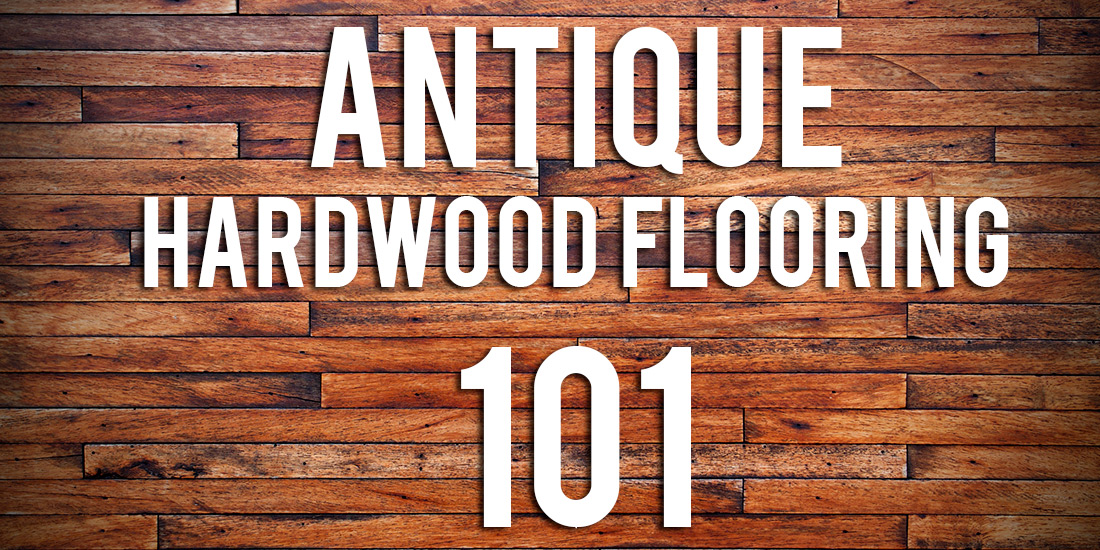
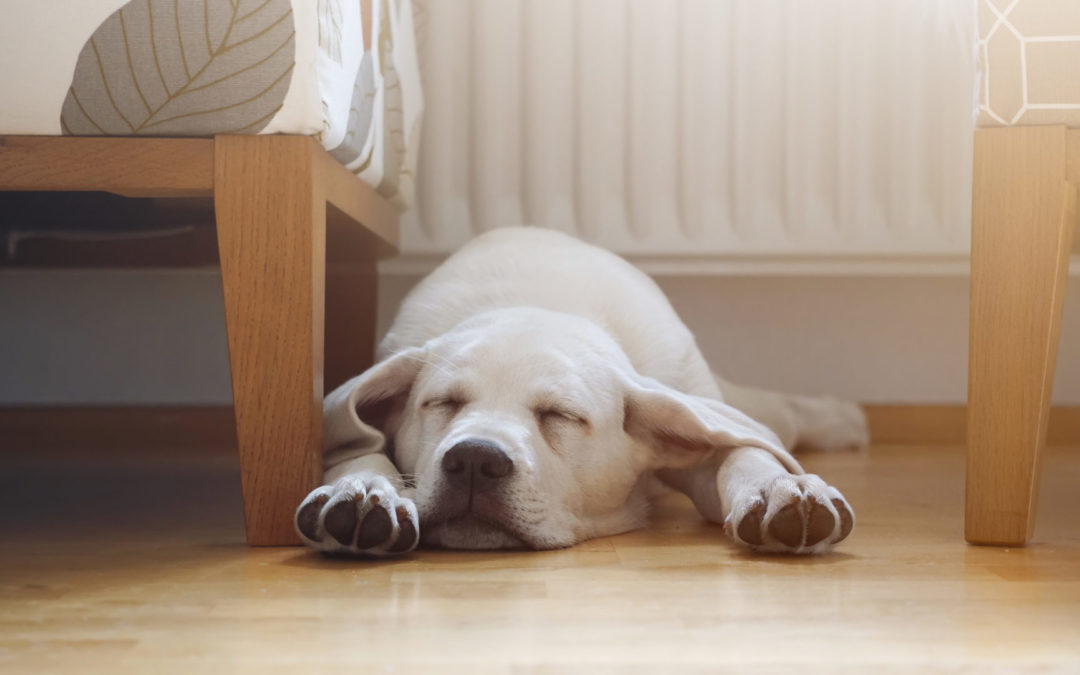
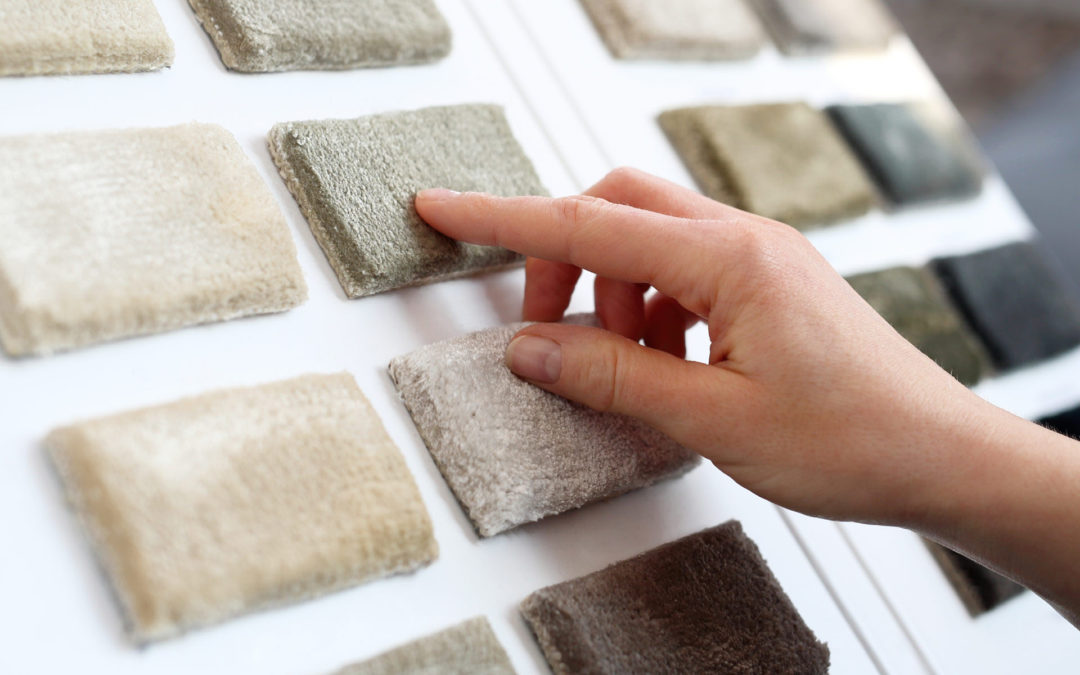


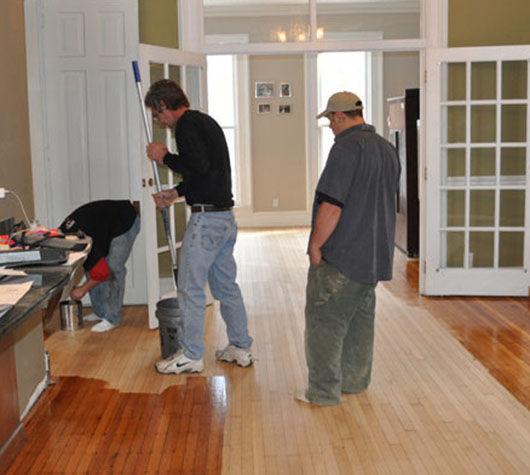 Repairing Scratched Hardwood Floors
Repairing Scratched Hardwood Floors
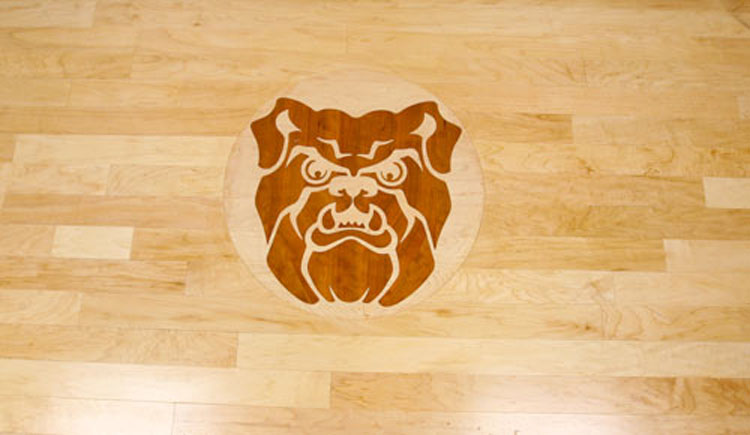 Hinkle Fieldhouse Butler Univers...
Hinkle Fieldhouse Butler Univers...
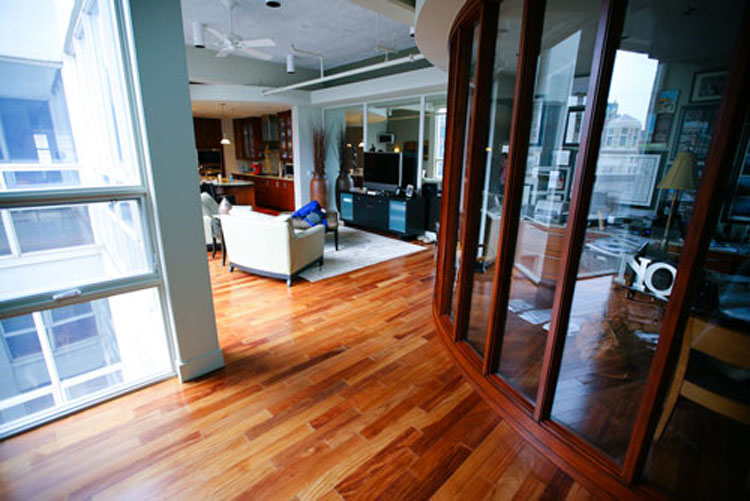 Penthouse Town Home Downtown Ind...
Penthouse Town Home Downtown Ind...
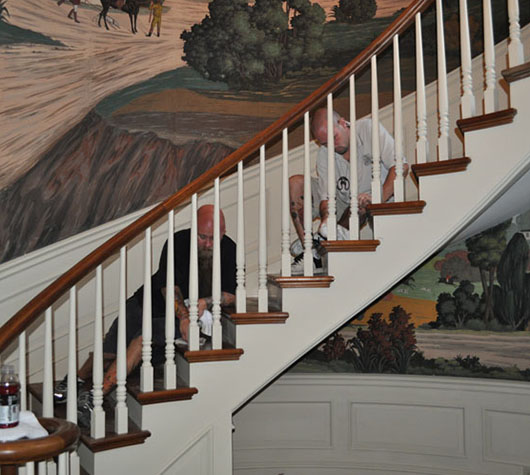 Antique Flooring Restoration
Antique Flooring Restoration
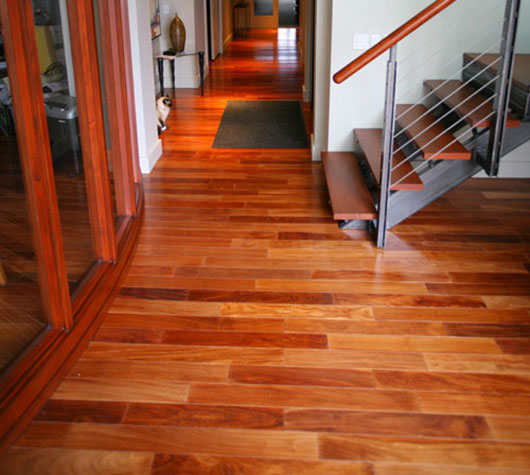 Brazilian Cherry Hardwood Floors
Brazilian Cherry Hardwood Floors







